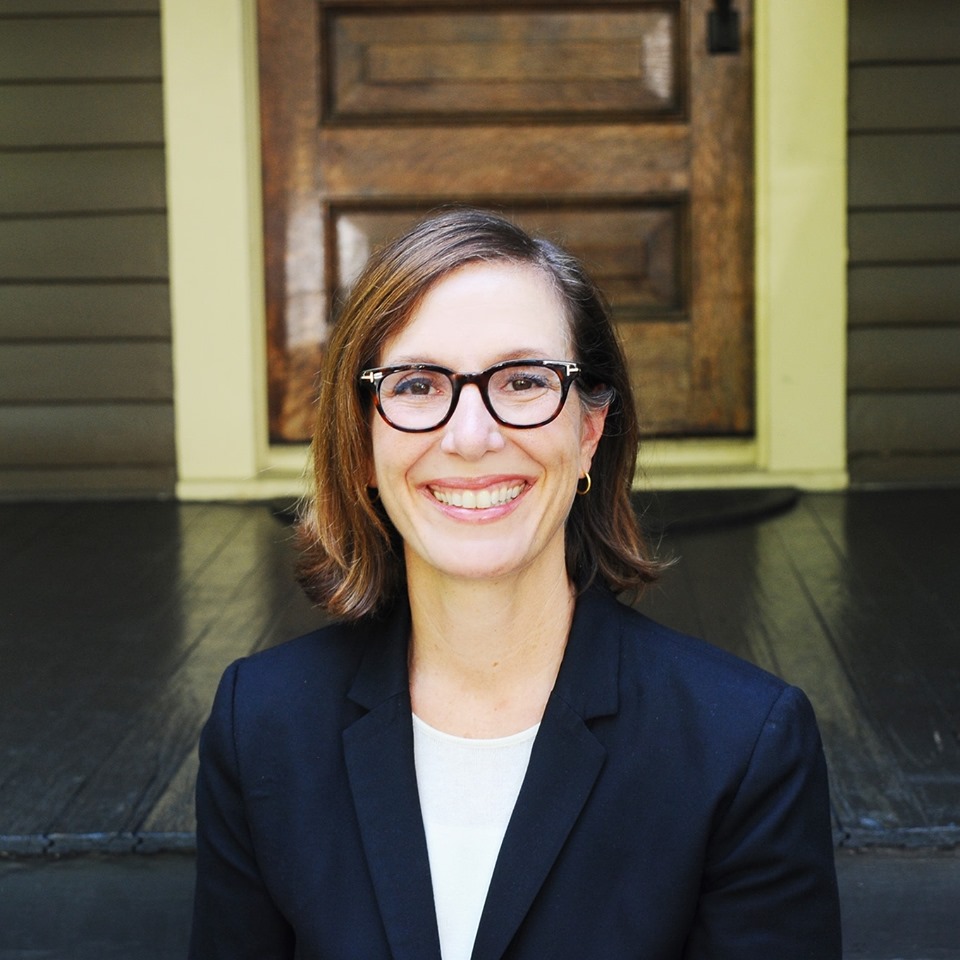I was talking with some fellow political nerds last week, and one of the topics was the forthcoming runoffs. As is usually the case, this year we have some runoffs between candidates who finished fairly close together in round one, and some in which one candidate has a clear lead based on the initial election. The consensus we had was that candidates in the latter category, especially those who topped 40% on Super Tuesday, are basically locks to win in May. The only counter-example we could think of off the tops of our heads was Borris Miles beating Al Edwards, who had been at 48%, in the 2006 runoff for HD146.
So, later on I spent a few minutes on the Secretary of State election archive pages, looking through past Democratic primary results and tracking those where the leader had more than forty percent to see who went on to win in the runoff. Here’s what I found:
2018
Winners – CD03, CD10, CD23, CD31, Governor, SD17,
Losers – CD27, HD37, HD45, HD64, HD109*, HD133*
2016
Winners – CD15, HD27
Losers – SBOE6
2014
Winners – Senate, SBOE13
Losers – HD105
2012
Winners – CD34, HD95, HD137
Losers – CD23*, SBOE2
2010
Winners – CD10, HD76*
2008
Winners – CD32, RRC
2006
Winners – Senate, Lt Gov, HD42, HD47*
Losers – HD146
In each of the cited races, the leading candidate had at least 40% of the primary vote. Races that have asterisks indicate that the runnerup also had at least 40%. As you can see, up until 2018, having forty percent or more in the primary was indeed a pretty good indicator of success in overtime. The last cycle provided quite a few counterexamples, however, including one incumbent (Rene Oliveira, who had been busted for a DWI earlier) who went down. So maybe 40% isn’t such a magical number, or maybe it’s harder now than it was before 2012. Or maybe this is just a really small sample and we should be careful about drawing broad conclusions from it.
Fortunately, we have quite a few races this year to add to this sample:
CD03 – Lulu Seikaly 44.5%, Sean McCaffity 43.8%
CD10 – Mike Siegel 44.0%, Pritesh Gandhi 33.1%
CD13 – Gus Trujillo 42.2%, Greg Sagan 34.7%
CD17 – Rick Kennedy 47.9%, David Jaramillo 35.0%
CD24 – Kim Olson 40.9%, Candace Valenzuela 30.4%
SBOE6 – Michelle Palmer 46.8%, Kimberly McLeod 34.6%
SD19 – Xochil Pena Rodriguez 43.7%, Roland Gutierrez 37.3%
SD27 – Eddie Lucio 49.8%, Sara Stapleton-Barrera 35.6%
HD119 – Liz Campos 46.1%, Jennifer Ramos 43.7%
HD138 – Akilah Bacy 46.7, Jenifer Pool 29.3%
HD142 – Harold Dutton 45.2%, Jerry Davis 25.3%
HD148 – Anna Eastman 41.6%, Penny Shaw 22.1%
138th District Court – Gabby Garcia 48.0%, Helen Delgadillo 31.0%
164th District Court – Cheryl Elliott Thornton 41.3%, Alexandra Smoots-Thomas 33.1%
I’ll be sure to do an update in May, when we can see if the leading candidates mostly held serve or not. Place your bets.


Just a hunch, but maybe the lead over the second place finisher is more predictive. For instance, I think SD 19 is pretty open, but I expect Dutton to win easily.